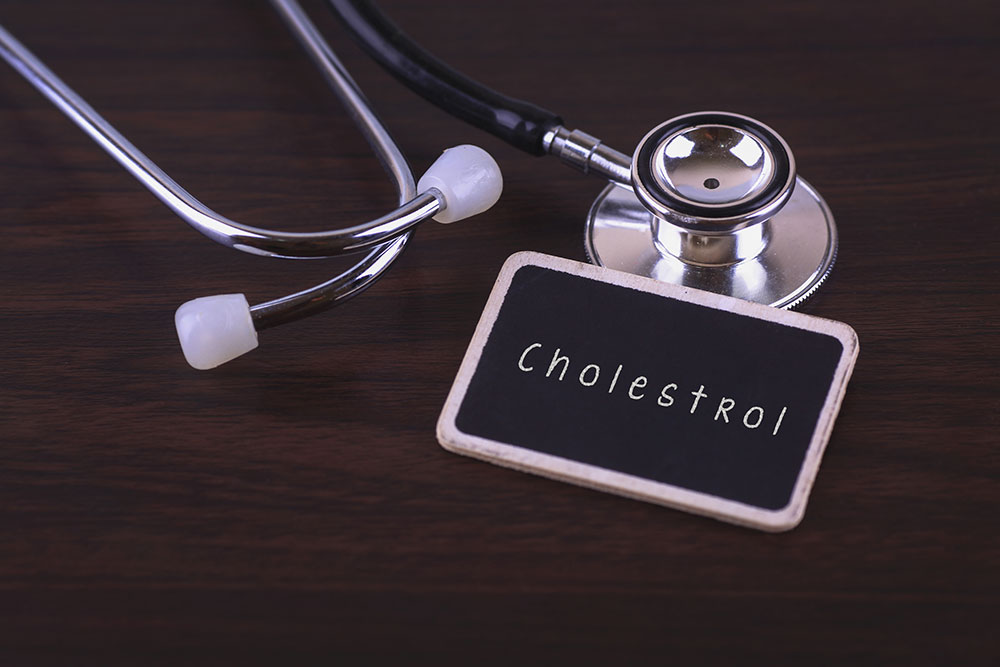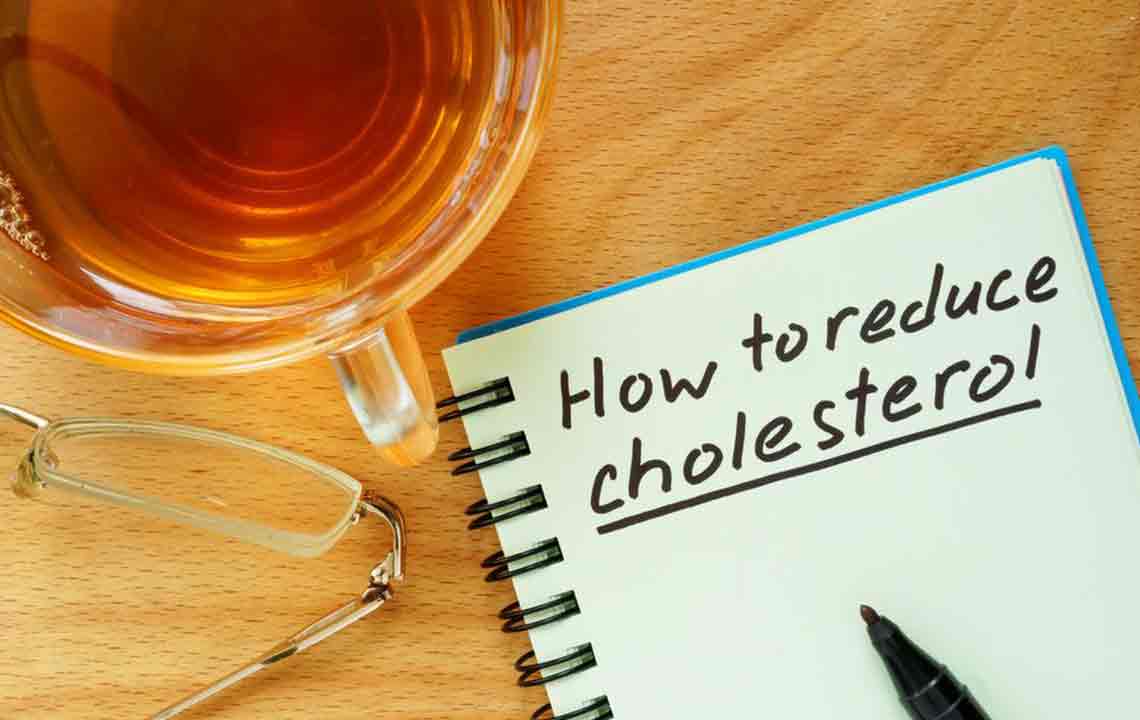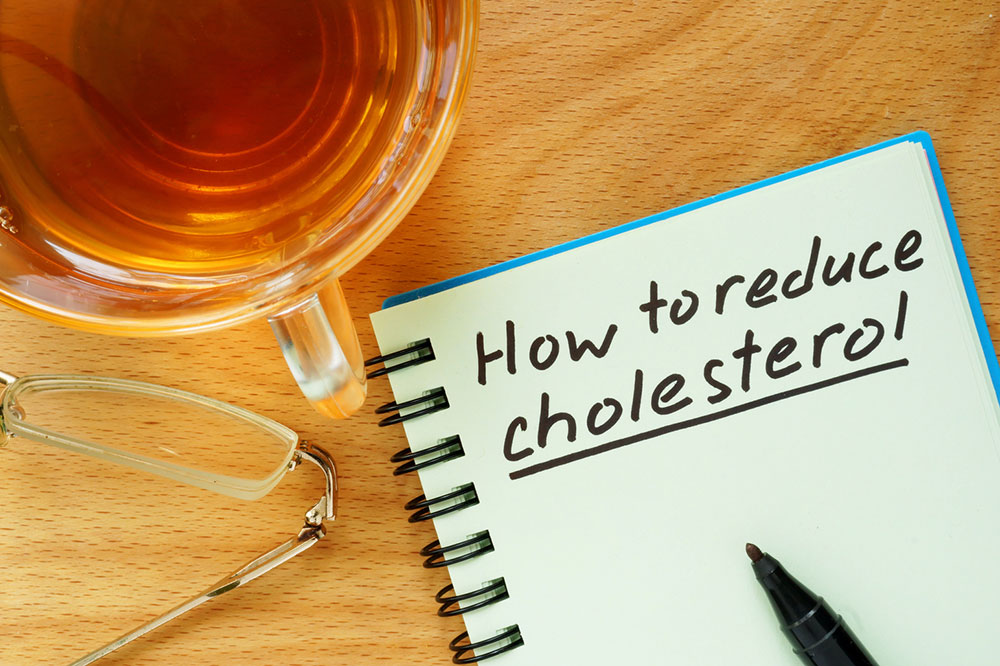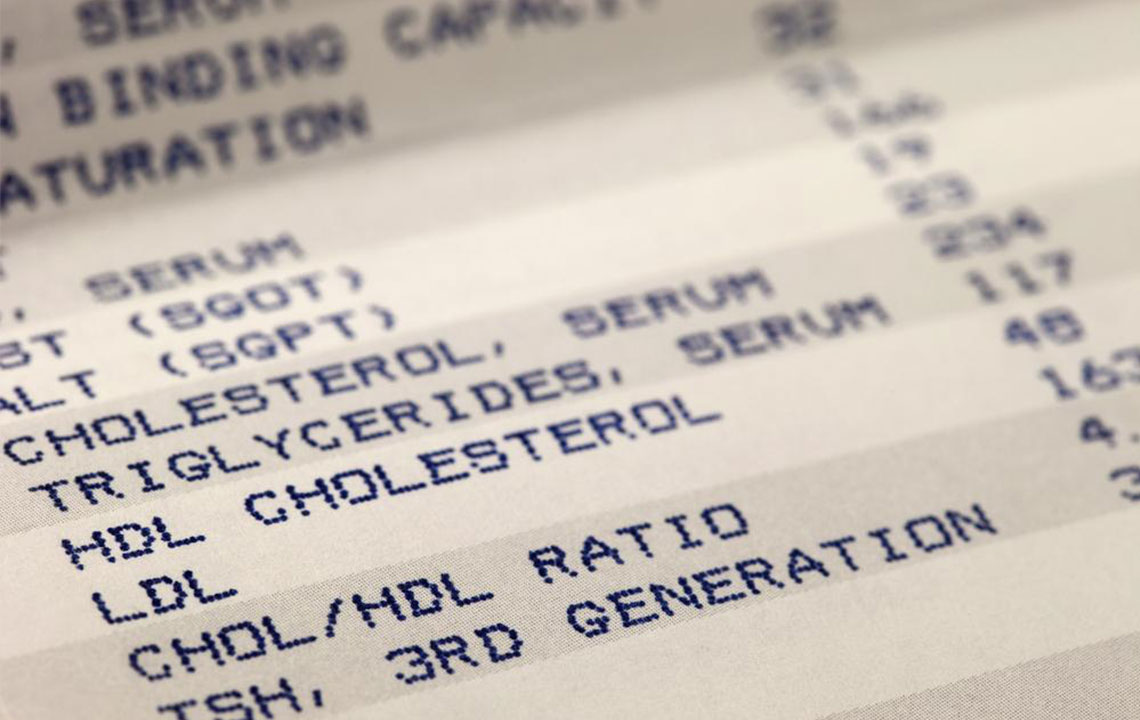Comprehensive Guide to Cholesterol: Understanding the Types, Associated Risks, and Effective Management Strategies
This comprehensive article explores cholesterol's vital roles, different types, associated health risks, and effective management strategies. Learn how to maintain healthy cholesterol levels through lifestyle changes, dietary adjustments, and medical treatments to prevent cardiovascular diseases and ensure overall well-being.

Cholesterol is a vital fatty substance essential for various bodily functions, yet it often carries a negative reputation due to its link with cardiovascular diseases. Understanding its complex nature, different types, and how to manage it effectively is crucial for maintaining overall health and preventing serious health complications. This comprehensive guide explores what cholesterol is, the differences between its various forms, the risks associated with abnormal levels, and practical approaches to manage and improve your cholesterol profile.
Cholesterol is a waxy, fat-like substance found in the bloodstream and all body cells. It plays a crucial role in producing hormones such as estrogen, testosterone, and cortisol, as well as vitamin D synthesis and aiding in digestion through bile production. Despite its importance, excessive cholesterol can lead to plaque buildup in arteries, increasing the risk of heart disease and stroke. Therefore, understanding how cholesterol is regulated and the factors influencing its levels is vital for health preservation.
Understanding Cholesterol and Its Types
Cholesterol travels through your bloodstream bound to lipoproteins, which determine how it is transported and processed in your body. There are two primary types of lipoproteins:
High-Density Lipoprotein (HDL) – The Good Cholesterol: HDL is often termed as the "good" cholesterol because it helps remove excess cholesterol from your bloodstream, transporting it back to the liver for disposal. Higher levels of HDL are associated with a decreased risk of cardiovascular disease. Factors like physical activity, healthy fats, and quitting smoking can boost HDL levels.
Low-Density Lipoprotein (LDL) – The Bad Cholesterol: LDL is known as the "bad" cholesterol due to its tendency to deposit in the walls of arteries, forming plaque that narrows and hardens the arteries — a condition known as atherosclerosis. Elevated LDL levels significantly increase the risk of heart attacks, strokes, and other cardiovascular problems.
Risks Linked to Abnormal Cholesterol Levels
Maintaining a healthy balance between HDL and LDL is critical. High LDL levels combined with low HDL levels can lead to the development of arterial plaque, which restricts blood flow and can cause life-threatening events. Several factors influence cholesterol levels, including:
Genetics: Some individuals inherit tendencies toward high cholesterol, necessitating proactive management.
Diet: Consumption of foods high in saturated fats, trans fats, and cholesterol increases levels of LDL.
Lifestyle: Sedentary routines, smoking, and excessive alcohol consumption adversely affect cholesterol profiles.
Age and Gender: Cholesterol levels tend to rise with age, and hormonal changes in women post-menopause can alter lipid profiles.
Monitoring and Managing Cholesterol
The cornerstone of managing cholesterol effectively is regular health monitoring. Lipid profile tests measure total cholesterol, HDL, LDL, and triglycerides, providing a comprehensive view of lipid health. Based on your results, healthcare providers may recommend various strategies:
Dietary Adjustments: Incorporate heart-healthy foods such as fruits, vegetables, whole grains, lean proteins, and healthy fats like omega-3 fatty acids found in fatty fish and flaxseeds. Limit intake of processed foods, saturated fats, and trans fats.
Physical Activity: Engage in at least 150 minutes of moderate aerobic exercise weekly, such as brisk walking, cycling, or swimming, to boost HDL and lower LDL levels.
Weight Management: Achieving and maintaining a healthy weight helps regulate cholesterol levels and reduces cardiovascular risk.
Medications: When lifestyle changes are insufficient, doctors may prescribe medications like statins, ezetimibe, or PCSK9 inhibitors to lower LDL cholesterol effectively.
Preventative Measures and Lifestyle Tips
Preventing cholesterol abnormalities involves adopting healthful habits early in life. Some essential tips include avoiding smoking, limiting alcohol consumption, managing stress, and ensuring regular health screenings. These steps help identify and address cholesterol issues before they develop into severe complications.
In addition, managing underlying conditions such as hypertension and diabetes is vital, as they synergize with high cholesterol to increase cardiovascular risks. Education about healthy living, combined with medical guidance, empowers individuals to take control of their heart health.
In Summary
Cholesterol is a complex, yet manageable aspect of your health. Understanding the difference between HDL and LDL, recognizing risk factors, and implementing lifestyle and medical interventions can significantly reduce your risk of cardiovascular disease. Regular check-ups and a balanced diet, coupled with physical activity, form the pillars of effective cholesterol management, helping you lead a healthier, longer life.





